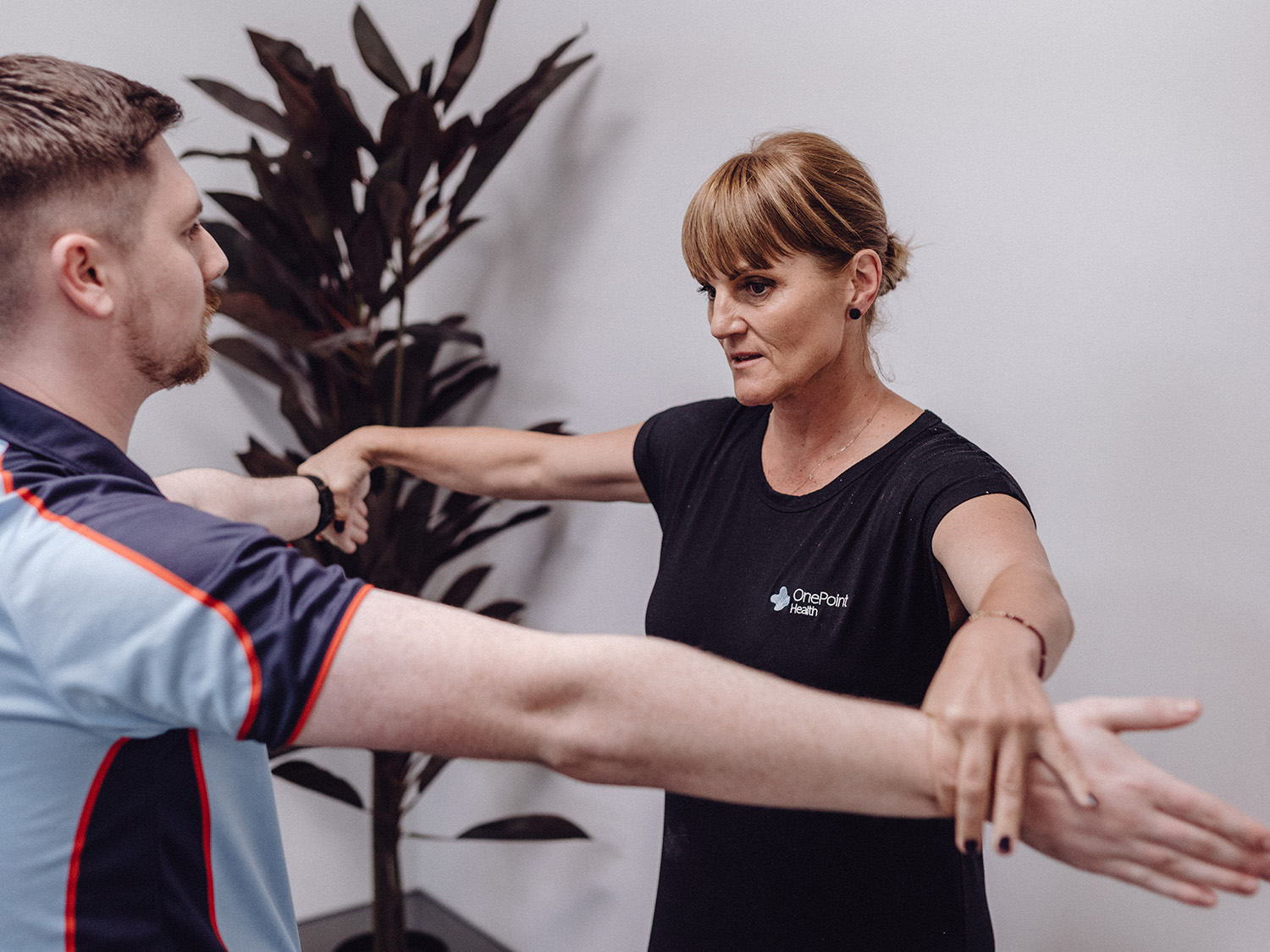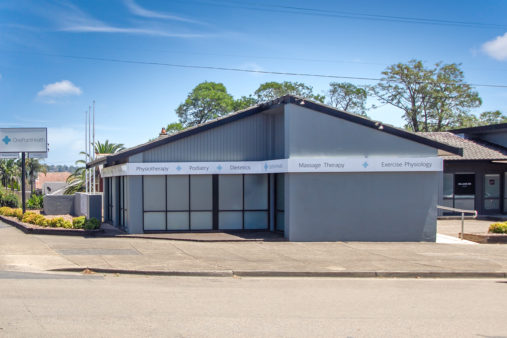Tennis elbow affects 1–3% of the population; risk factors include smoking, obesity, being aged 45–54 and two or more hours of repetitive movement per day.
Tennis elbow (lateral epicondylitis) is a painful condition that occurs when tendons in your elbow are overloaded, usually by repetitive motions of the wrist and arm. Tennis elbow is inflammation or, in some cases, micro-tearing of the tendons that join the forearm muscles on the outside of the elbow. The forearm muscles and tendons become damaged from overuse — repeating the same motions again and again. This leads to pain and tenderness on the outside of the elbow.
What causes tennis elbow?
Activities
Athletes are not the only people who get tennis elbow. Many people with tennis elbow participate in work or recreational activities that require repetitive and vigorous use of the forearm muscle or repetitive extension of the wrist and hand.
Painters, plumbers, and carpenters are particularly prone to developing tennis elbow. Studies have shown that auto workers, cooks, and even butchers get tennis elbow more often than the rest of the population. It is thought that the repetition and weightlifting required in these occupations lead to injury.
Age
Most people who get tennis elbow are between the ages of 30 and 50, although anyone can get tennis elbow if they have the risk factors. In racquet sports like tennis, improper stroke technique and improper equipment may be risk factors.
Symptoms of tennis elbow
The symptoms of tennis elbow develop gradually. In most cases, the pain begins as mild and slowly worsens over weeks and months. There is usually no specific injury associated with the start of symptoms.
Common signs and symptoms of tennis elbow include:
- Pain or burning on the outer part of your elbow
- Weak grip strength
- Sometimes, pain at night
The symptoms are often worsened with forearm activity, such as holding a racquet, turning a wrench, or shaking hands. Your dominant arm is most often affected; however, both arms can be affected.
Diagnosing tennis elbow
Most elbow injuries can be diagnosed by a comprehensive assessment from a physiotherapist as well as imaging. Other diagnostic methods can be used to confirm the diagnosis or rule out other injuries.
- X-rays: X-rays provide clear images of dense structures, such as bone. They may be taken to rule out arthritis of the elbow.
- Magnetic resonance imaging (MRI) scan: MRI scans provide images of the body’s soft tissues, including muscles and tendons. An MRI scan may be ordered to determine the extent of damage in the tendon or to rule out other injuries. If your doctor thinks your symptoms might be related to a neck problem, they may order an MRI scan of the neck to see if you have a herniated disk or arthritic changes in your neck. Both of these conditions can produce arm pain.
- Electromyography (EMG): Your doctor may order an EMG to rule out nerve compression. Many nerves travel around the elbow, and the symptoms of nerve compression are similar to those of tennis elbow
Preventing tennis elbow
Prevention is the best treatment for both athletes and the general population. Strategies to help prevent knee injuries include:
- Keep your arms flexible and strong.
- Avoid repetitive movements.
- Warm up before exercising or using your arms for sports or other repetitive movements.
- If you play a racquet sport, make sure your equipment is right for you
Treating Tennis Elbow with Physiotherapy
Physiotherapy plays a pivotal role in treating, managing and preventing tennis elbow pain. A physiotherapist will conduct a thorough physical assessment to determine the causes, impairments and contributing factors of your elbow pain. Your therapist may also perform ultrasound, ice massage, or muscle-stimulating techniques to improve muscle healing. Approximately 80 to 95% of patients have success with nonsurgical treatment. Treatment of tennis elbow includes activity modification, ice, medicine, stretching, braces and injections. Surgery is rarely used to treat tennis elbow.
Relative Rest
The first step toward recovery is to give your arm proper rest. This means that you will have to stop or decrease participation in sports, heavy work activities, and other activities that cause painful symptoms for several weeks.
Medications including nonsteroidal anti-inflammatory drugs (NSAIDs), such as ibuprofen or naproxen, may be taken to help reduce pain and swelling
Exercise therapy
Specific tendon-focused exercise has been proven to be one of the most effective ways to help with tennis elbow. The exercises that you do should be individually tailored for you. Specific exercises are helpful for strengthening the muscles of the forearm. The initial phase is focused on hands-on therapy (massage and manual therapy) to work on settling down the pain, next to strengthening the entire upper body through targeted exercises, and finally, a self-management program that will make long-term improvements for your elbow
Brace/ Taping centred over the back of your forearm may also help relieve symptoms of tennis elbow. This can reduce symptoms by resting the muscles and tendons.
Extracorporeal shockwave therapy
Shock wave therapy sends sound waves to the elbow. These sound waves create microtrauma that promotes the body’s natural healing processes. Shock wave therapy is considered experimental by many doctors, but some sources show it can be effective.
Steroid injections
Your doctor may decide to inject the painful area around your elbow with a steroid to relieve your symptoms if it’s not responding to the above treatments,
See a Physiotherapist for Tennis Elbow Recovery
Don’t let tennis elbow sideline you. A physiotherapist can provide an accurate diagnosis and customised rehabilitation program to help you heal, manage symptoms, and return to pain-free activity. Physiotherapy empowers you to actively participate in your recovery through education, targeted exercises and hands-on treatment.











